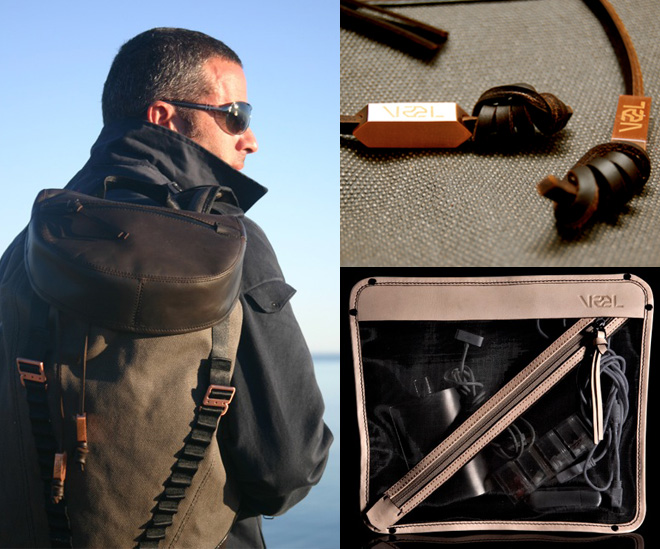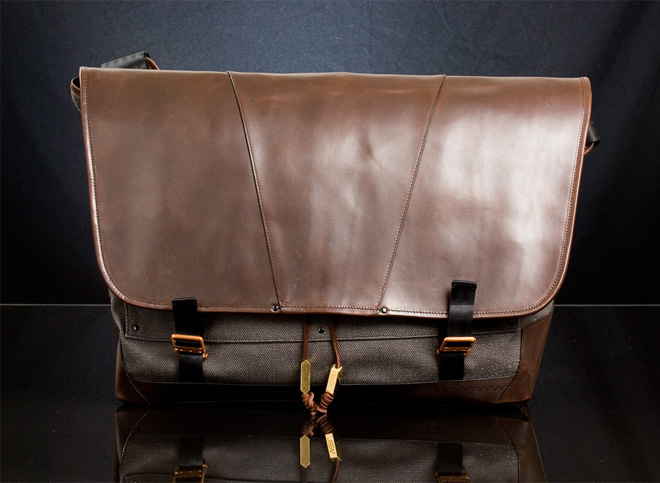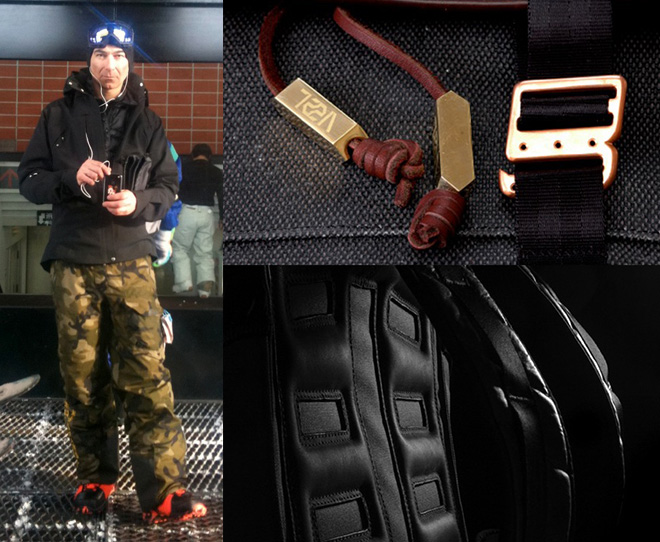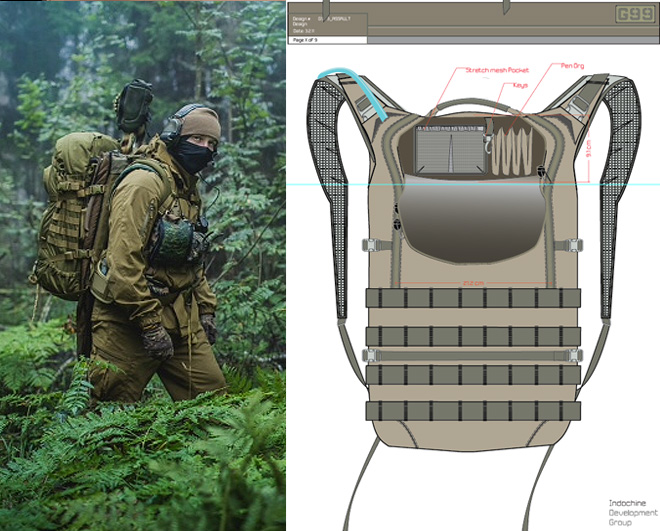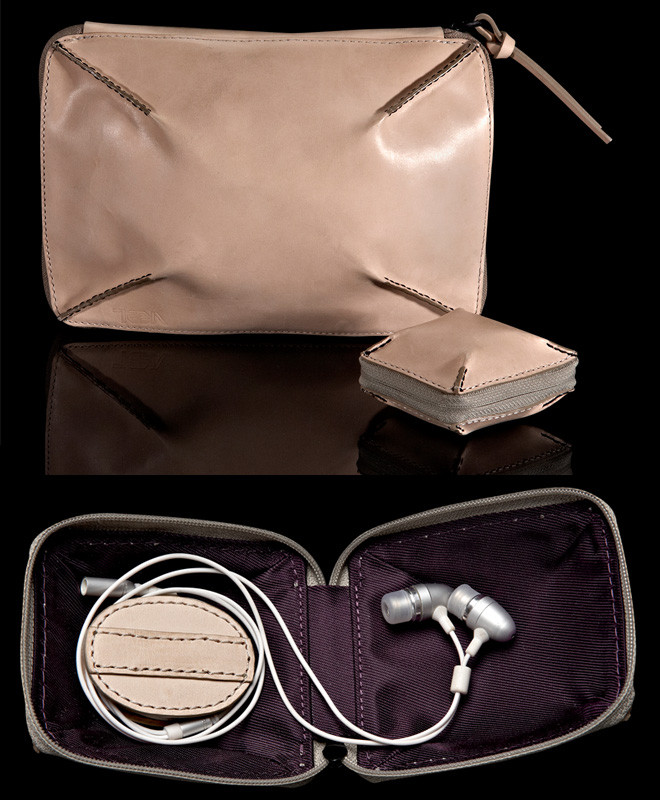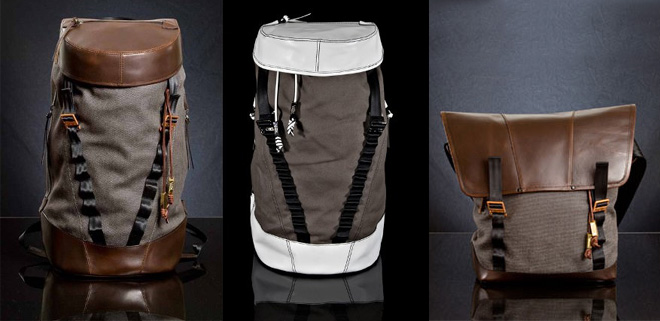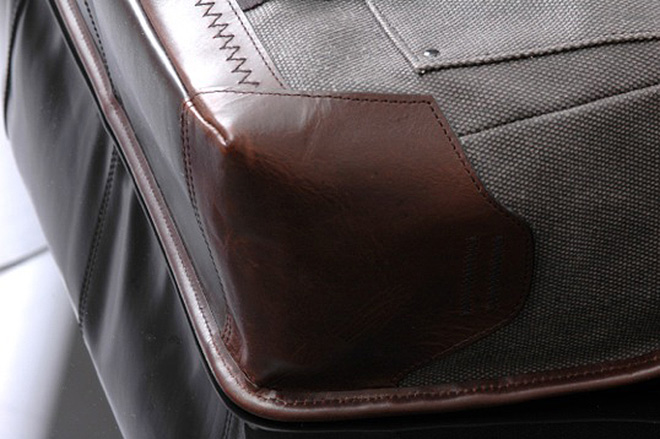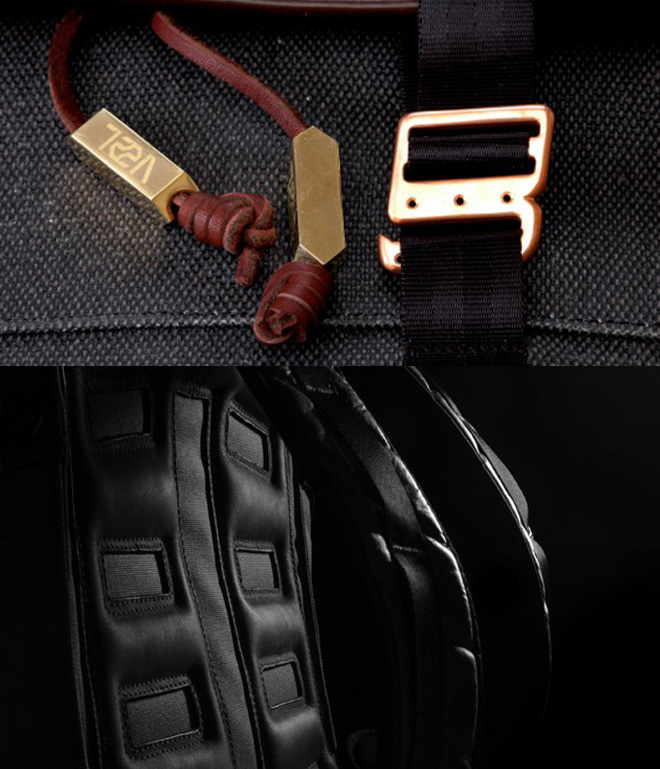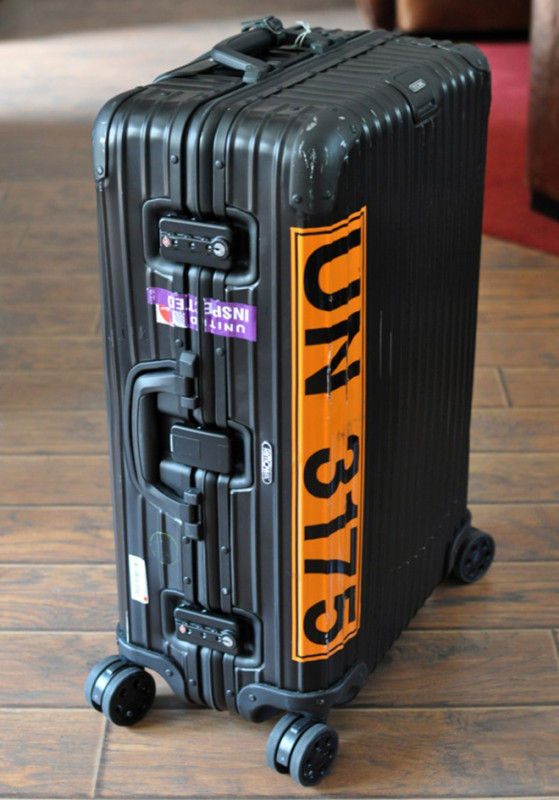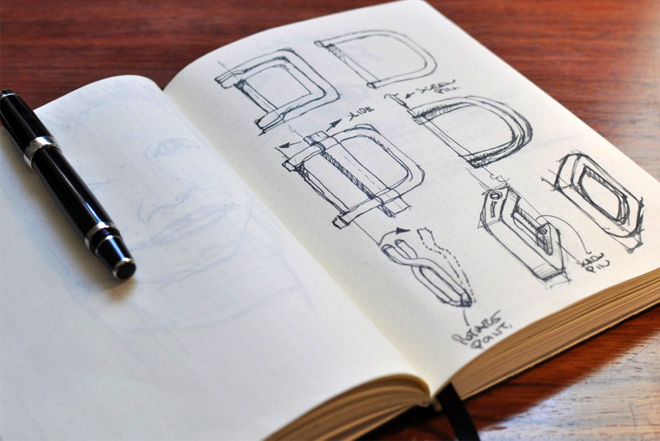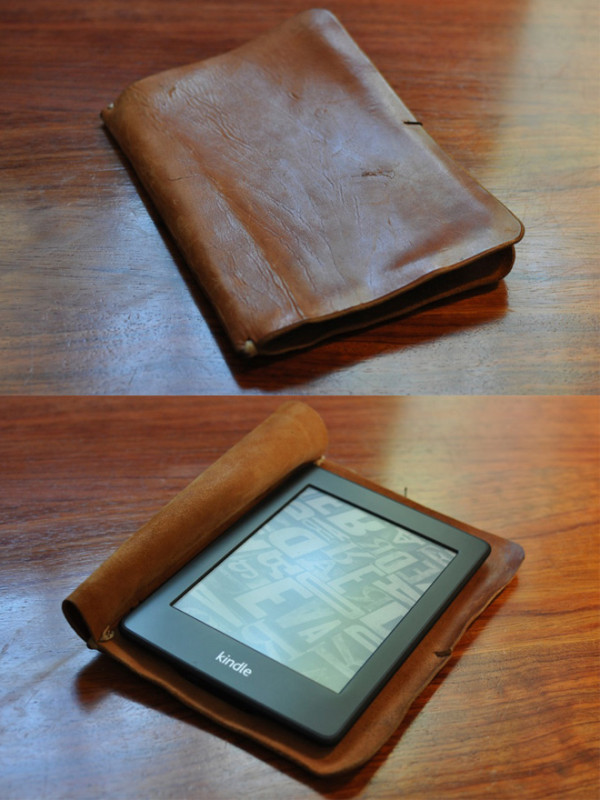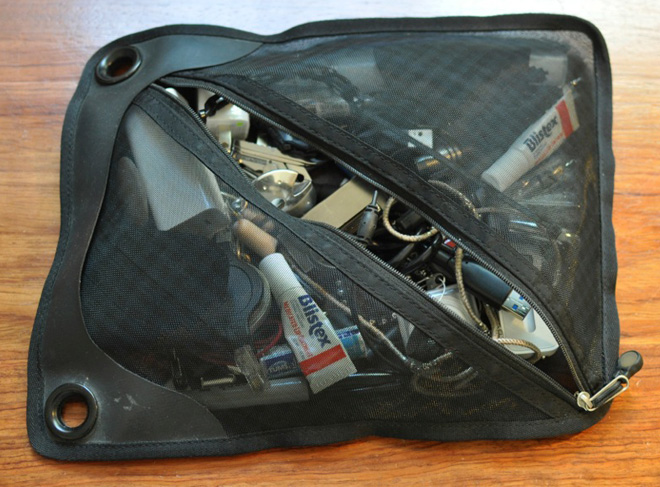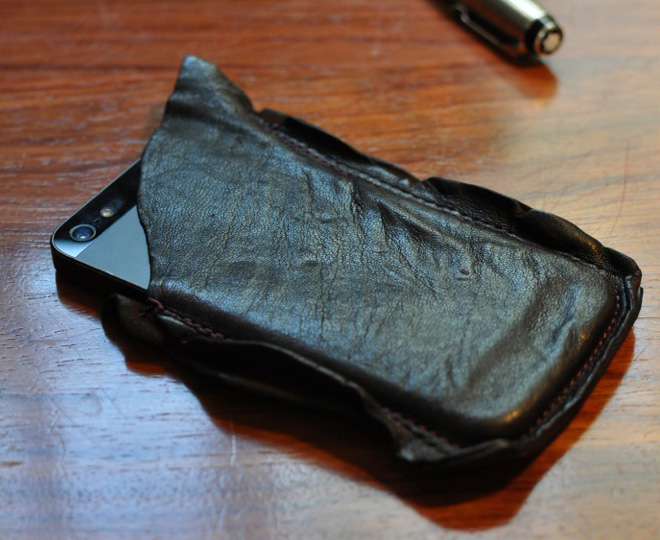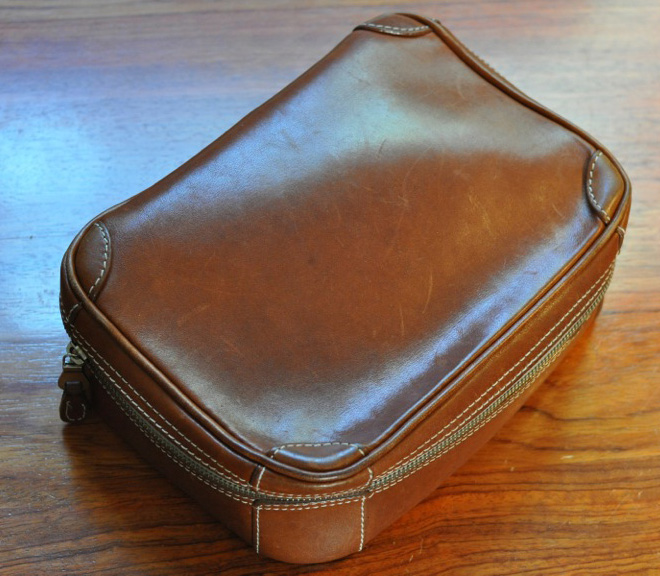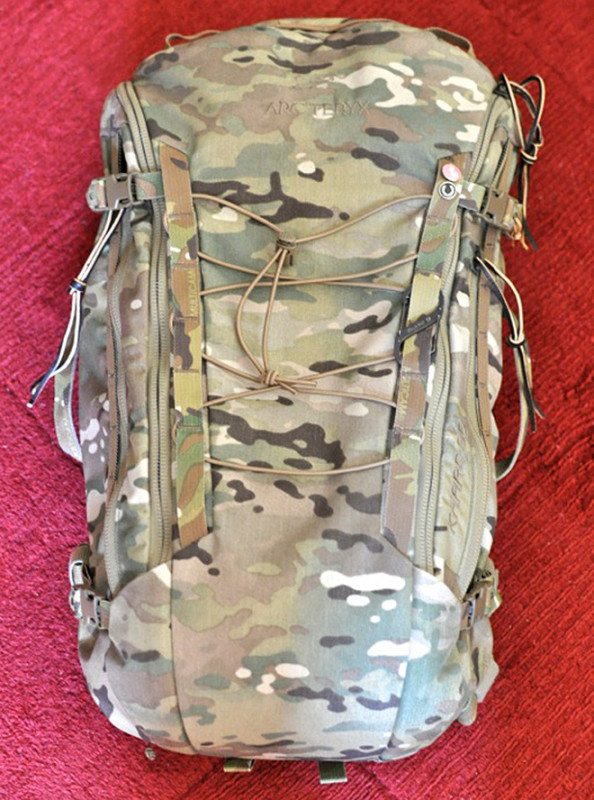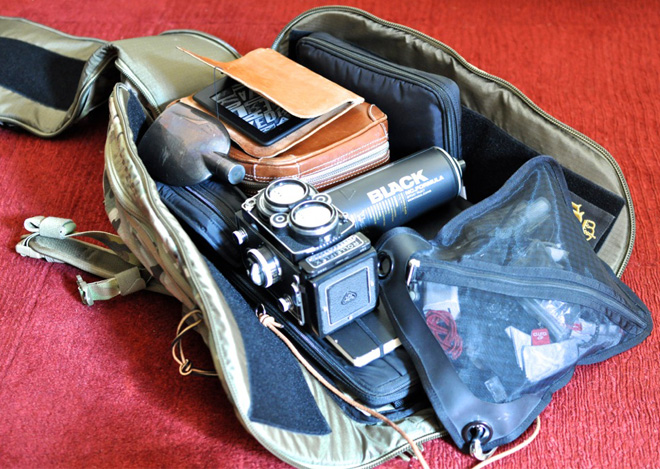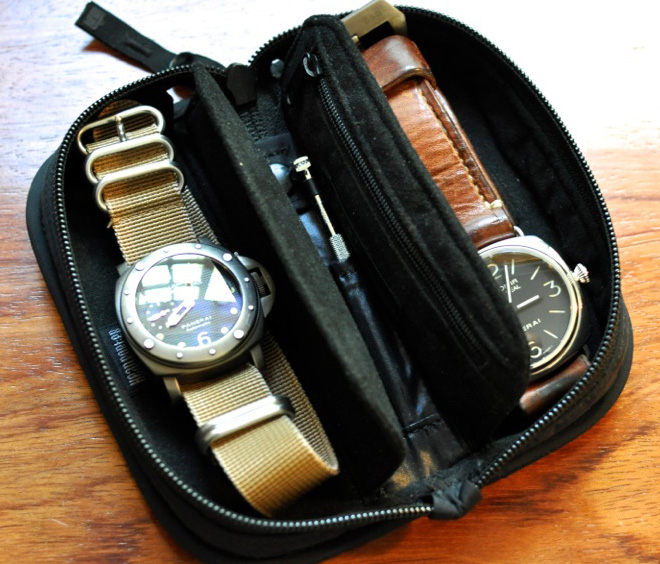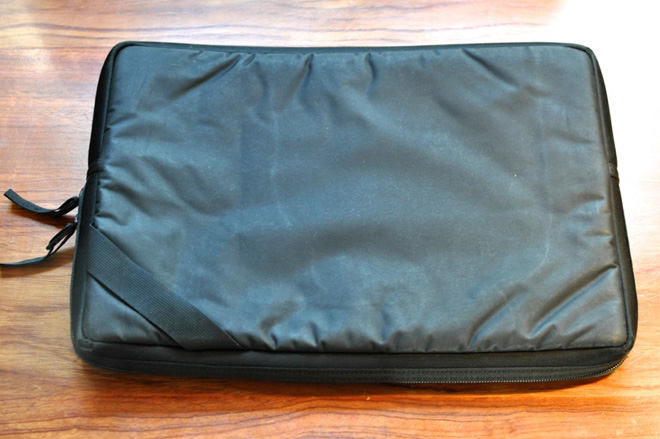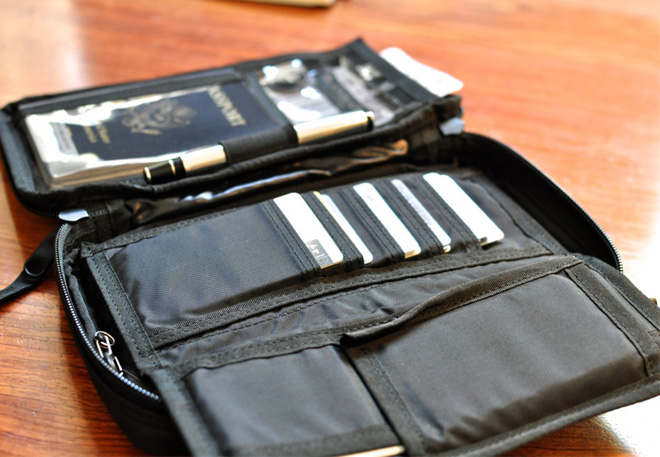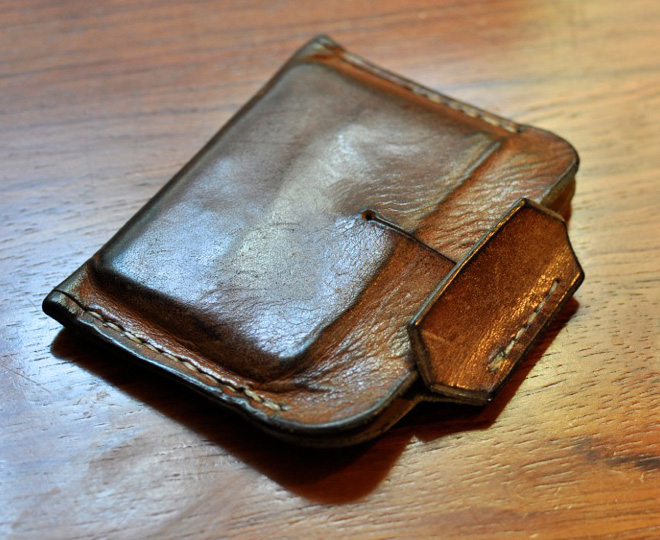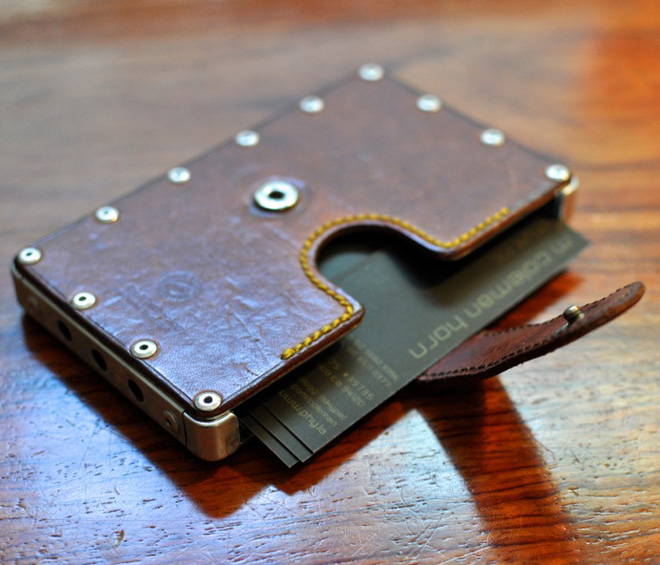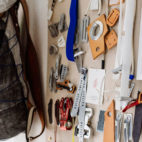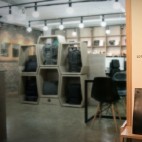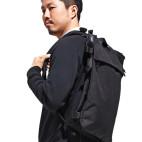5 Mins w/M Coleman Horn
We’d like to introduce you to carry designer M Coleman Horn (view his portfolio here), a serious talent, who over his 15 years’ experience has designed for more than a few major brands (Nike, Polo RLX, M3DIUM, VÆL, Nixon, Apple, Timberland, Timbuk2, Giro and plenty of other heavy hitters). We’ve been chatting together for several months now and we thought M would be a perfect soft goods product designer to do a “5 Minutes with”. He was happy to put together some incredible answers for us to get lost in. Aside from his talent and responses as a whole, we particularly love the detailed response to question #5. Enjoy.
1 – What key insights drive your stuff?
Since I primarily work in the freelance realm each project is driven by a different canon of ideals. If I’m working on a project for a brand which wants to showcase its technical prowess or materials development, those will be featured in the design. If it’s a project for the military, I may focus on simplicity, durability, and improvisational or multifunction uses. If the brand is luxe, or has a traditional background, these will be showcased through materials and design. It’s remarkable how you have this “palette” of choices like material, design, usability and price point; through the use of those choices on your “palette” you create the product which your client had envisioned. I would say that my key drive would be materials and simplicity.
I’m thankful that we’re beyond a stage where design was focused on trick lines, on blobject shapes, on “embellishment” and what I like to think of as the “Karim Rashidification” of industrial design. This type of design was concerned with appearance over execution. In soft goods, there are now products which are driven purely by materials and technology versus wacky patterns. I try to understand the nature of a material, like a leather or a fabric and use them to their strength or intention. I believe that on a molecular level every material has an “intention” and if you figure that out, there’s a certain elegance to your designs. I guess in traditional apparel it would be called the draping, but every fabric has a bias, every leather has a grain direction and when you start using those not only as influences but purposes for designs, then an efficiency can be achieved. Most technologies have an inherent beauty to them, like welded fabrics, and to feature them as a focus point for the design, this is the Zeitgeist of what I see as today’s modernism.
2 – Who else is doing rad things in the world of carry and why do you think they’re important?
I have too many heroes…I respect the “cottage industry” that is in the USA comprised of Berry Amendment manufacturers. I think the positive fallout of that amendment has given us an ad hoc supply chain that we would’ve never envisioned before. Previously, it just made sense to make stuff in Asia, but now we have manufacturing capacity which is really important to us. A lot of smaller or new brands in the States that are concerned with producing high-quality goods use excess capacity from these facilities. This trend is going to be extremely important for us to continue as a player in the soft goods manufacturing landscape. As far as individuals go, I have utmost respect for Tom Routh of FYI Design. I think his unique take on prototyping in-house and delivering finished samples is the type of development that’s going to be a standard moving forward.
I’m not so stoked on designers to create pretty pictures and leave it up to some factory in China to figure out how to put it together. This type of development cycle has created a sea of retail garbage. Then again it has created an onus for change and higher quality domestic goods. I respect Errolson Hugh, and his eye for carry, patterns and materials. I think that the patterning of Alexander Wang for women’s handbags is incredibly creative and his exploration of shapes opens up new “spatial realities” (?) for design. I met up with the Trakke guys at ISPO and was very impressed by their honest use of materials and straightforward thinking.
In that realm is also the Bedouin line, I’m sort of jonesing for their messenger. These are all excellent examples of high quality materials, straightforward manufacturing, trick findings or closures and a very simple design language. It’s refreshing to see this aesthetic versus so much other stuff that had to rely on in-your-face design to get noticed. I’m also into what is going on in Japan in general. Often, when rolling back from China, I try to drop by for a market check. I let myself become influenced by the general aesthetic and use of materials. I think their honest material use is the most advanced in the market, along with their tacit understanding of a brand story.
3 – Are there any things other brands do that you think are great or could be improved?
I like what master-piece (Japan) is doing with their bags; although it’s a little bling and not necessarily my aesthetic, I think it looks fresh. I’m sort of addicted to the Head Porter Black Beauty line. The North Face is really coming along, I think that Chris Gadway’s (ex ANT bags, & NIKE) involvement has been a super positive influence to where they needed to go. I think that Patagonia was doing rad things with their bags, but have become lost recently. Now it’s all just price point stuff… Sorta sad, really; remember when the Black Hole bag was this rubberized welded job? Now it’s like something designed by the price-point committee. I’m not a huge fan of the domestic messenger bag scene, I don’t have to list brands here, but you know… Seatbelt buckles on bags, WTF is that about? A bunch of it looks sorta like it was made in the remedial sewing class at AA.
4 – What’s next for you guys?
Well, VÆL sort of went up in a ball of flames during the last retail implosion/recession. Chalk that one up to a good business experience. There’s always interesting freelance jobs, like more work for RLX or Giro. Rittmeyer and I have been working on some small leather goods and some interesting military stuff, but it’s sort of proprietary. There’s some other stuff I can’t really talk about as well, but, I can’t talk about it.
5 – What do you carry daily and how?
Like most designers and business people today, I find myself on the road for months at a time with no more than what I can carry with me. During VÆL Project, I lived like this for a year and a half: suitcase & dopp kit. I know it sounds like some NPR radio thing where a guy lives without a place for some humanitarian effort (later to write a droll book about the experience; I assure you, it has not been so glamorous). I had placed my stuff in storage and put all my bills on auto-pay with paperless billing – I left my old apartment in Santa Barbara. I designed the first VÆL collection at my parents’ place in Maine, overlooking a craggy coast. I spent the next few months living in a dodgy hotel in Dongguan, China, developing the bags and shoes. The hotel had a small coffee maker in the room; I mastered that piece of shit. During the evenings, I partied a lot with the local Mafia. I spent days at the factory and nights trying to find anything to eat other than the oily Chinese food. I spent Christmas there – I was just on this circular travel itinerary; couch surf with my girlfriend and then sometimes with business partner Rittmeyer, trade shows, development somewhere… I really started to miss my tools (which were in storage) and my friends were getting fed up with me leaving my car at their place, so after a year and a half, I found an apartment and had my stuff derived from storage. I finally had a proper garage for my car, yet my clothes smelled like cardboard boxes for months.
I guess the moral to the above story is that when you’re living on the road you become intimate with the objects you carry, you have a much better understanding of how to make your clothes work in different environments. If you’re going to expend the effort to haul something around the world with you, you had better love it. I’m currently at ease with my travel setup. After all, travel knowledge is just the acquiring of certain tricks to ease one through situations. A well-seasoned traveler is one who has a larger repertoire of these tricks.
First things first, get yourself a hard case. People had said this forever but now I’m a convert. You can fit 25% more junk into a case that’s 25% smaller than your normal wheeled duffel gig. Finally Rimowa came out with a black version (Topas Stealth), their original aluminum ones were cool but they just shouted “steal me!!” The aluminum black ones are invisible on a conveyer. I was walking through an airport in Munich and I saw a Russian mafia guy check out my black Rimowa; he had the same one and we sort of nodded to each other. It’s easy to balance a snowboard bag on it and walk a couple of kilometers looking for a decent hotel. Can’t do that with a wheeled bag.
Sketchbooks. I like the black ones, not too large. Currently my favorites are the Leuchtturm1917.
I love reading and I love books, but for travel nothing beats the Kindle or an e-reader. I don’t like reading on backlit devices so the iPad is a no go for me. Plus the Kindles are so cheap that when you drop them down inside those gargantuan seat/beds in business class, and you can’t retrieve it, you don’t feel so bad because it’s only 100 bucks or something. (True story; my initial Kindle is still logging miles as it’s wedged down in the bowels of a Lufthansa seat bouncing back and forth between Asia and Germany.) Every single cover for the Kindle that I’ve seen is absolute crap. Amazing the magnitude of garbage out there. I had a piece of horsehide, and I made a quick cover that gives the Kindle of bit of a human touch, something that you don’t mind holding for hours.
This is a prototype of a bag system that I worked on with Rittmeyer for Patagonia. It’s kind of a catch-all for cable management and random junk. Indispensable when you’re in a hotel room and you need a 4-mm Allen key.
I’m not much of an iPhone cover guy, I subscribe to the Jony Ive theory of just putting it in your pocket and letting it patina with age. Covers are for your grandma’s couch…but sometimes when I’m cycling and I put my phone in the back of my shorts I need something to keep the sweat off, so I use this simple little sleeve I stitched together out of some kind of a groovy leather I found in a factory in Italy.
A good dopp kit with a small first aid option is always nice; figuring out how to use custom travel tubes to limit the size of stuff to take with you can really help minimize on space. This one is a Mulholland Brothers.
My rucksack is an Arc’teryx LEAF KHARD 30. It’s a bit blingy in the multicam, but I sort of dig it. Open revealing titanium flask, sketchbook, dopp kit, Rolleiflex 2.8, art supplies…
As stated before, the Head Porter Black Beauty stuff is really nice. This is a chronograph case.
Head Porter Black Beauty 15-inch MacBook Pro case.
Head Porter Black Beauty travel organizer for passport and receipts. Month-long trips equals lots of receipts, therefore you need some sort of decent org for receipts, random ferry schedules into the Pearl Delta, various currencies, frequent flyer cards to airlines you’ll never fly again, etc.
Hand-stitched wallet I made out of a piece of horsehide, same one that the Kindle cover is made out of. The texture of horse is incredible compared to cow; I mean, I love cow leather but horse is so supple for its thickness. It also patinas on a whole different level.
Business card case made by Keiswi of Japan. (Editor’s Note: We love this card case! Would love to Road Test one of these beauties.)
Thanks for the responses, M. We dig your style.





 Carry Awards
Carry Awards Insights
Insights Liking
Liking Projects
Projects Interviews
Interviews
